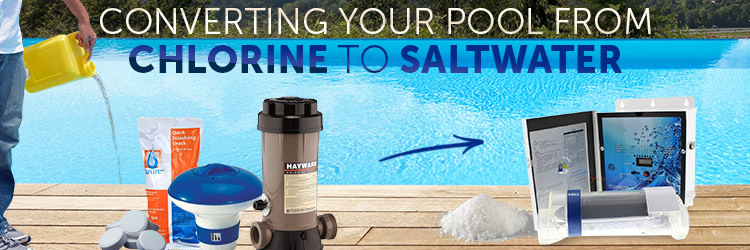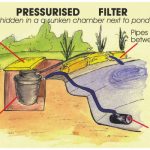Are you tired of dealing with harsh chemicals in your pool? Have you been thinking about making the switch to a saltwater pool? Changing a traditional chlorine pool to a saltwater pool is a great way to enjoy a more natural swimming experience. In this comprehensive guide, we will walk you through the steps to convert your pool to saltwater.

Credit: www.inyopools.com
Benefits of Saltwater Pools
Before we delve into the conversion process, let’s explore some of the benefits of saltwater pools. Saltwater pools are known for their gentle and natural feel, making swimming more enjoyable for you and your family. Additionally, saltwater pools require less maintenance compared to traditional chlorine pools. The salt in the water acts as a natural sanitizer, reducing the need for harsh chemicals.
Step-by-step Guide To Converting Your Pool To Salt Water
Now, let’s get into the nitty-gritty of changing your pool to a saltwater system. Follow these steps to make the conversion process smooth and hassle-free:
| Step | Description |
|---|---|
| 1 | Assess Your Pool |
| 2 | Check Your Equipment |
| 3 | Install a Salt Chlorine Generator |
| 4 | Adjust Salt Levels |
| 5 | Monitor and Maintain |
Step 1: Assess Your Pool
Before you start the conversion process, assess the size and condition of your pool. Ensure that your pool is suitable for a saltwater system and identify any necessary repairs or adjustments that need to be made.
Step 2: Check Your Equipment
Make sure that your pool equipment, such as the pump and filter, is in good working condition. If any components need to be replaced or upgraded, take care of that before proceeding with the conversion.
Step 3: Install a Salt Chlorine Generator
The heart of a saltwater pool system is the salt chlorine generator. This device converts salt into chlorine, keeping your pool clean and sanitized. Follow the manufacturer’s instructions to install the generator properly.
Step 4: Adjust Salt Levels
Once the salt chlorine generator is installed, it’s time to add salt to your pool. Use a salt test kit to measure the salt levels and adjust accordingly. The ideal salt level for a saltwater pool is typically around 3,000 to 3,500 ppm (parts per million).
Step 5: Monitor and Maintain
After completing the conversion process, it’s essential to monitor your pool regularly to ensure that everything is running smoothly. Check the salt levels, pH levels, and chlorine levels regularly and make any necessary adjustments to maintain water balance.

Credit: mrpoolman.com.au
Tips for Maintaining a Saltwater Pool
Now that you’ve successfully converted your pool to salt water, here are some tips to help you maintain your pool and keep it in top condition:
- Regularly check and adjust salt levels to ensure optimal performance of the salt chlorine generator.
- Test the water chemistry regularly and make adjustments as needed to maintain proper balance.
- Clean the salt chlorine generator cell periodically to prevent build-up and ensure efficient operation.
- Keep the pool clean by skimming the surface, vacuuming, and cleaning the filter regularly.
- Monitor the pool for any signs of algae growth or other issues and address them promptly.
Conclusion
Converting your pool to salt water is a rewarding process that can enhance your swimming experience and reduce the maintenance required to keep your pool clean. By following the steps outlined in this guide and implementing proper maintenance practices, you can enjoy a crystal-clear saltwater pool for years to come.




